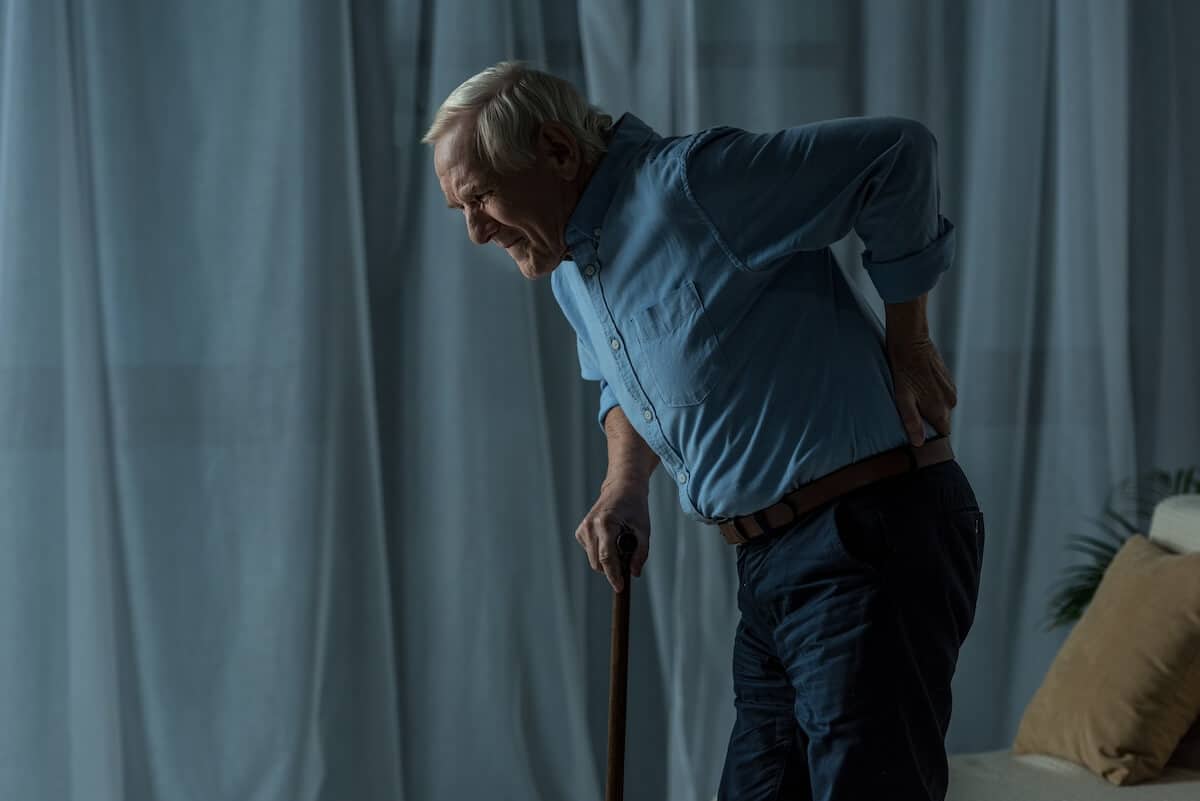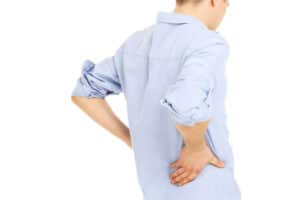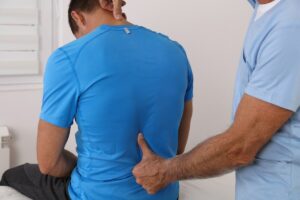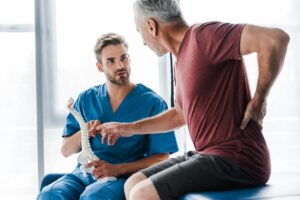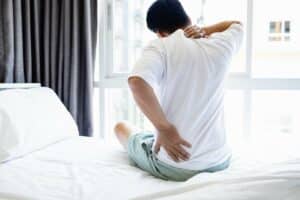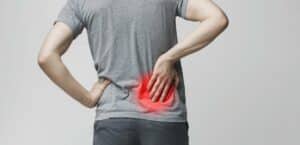Free download: Top 10 Natural & Easy Remedies for Joint Pain from Home. Learn these helpful remedies.
Estimated Reading Time: 8 minutes read
Osteoarthritis of the spine is a common condition that affects millions of people, causing pain and stiffness in the back and neck. This degenerative joint disease results from the wear and tear of cartilage, leading to discomfort and limited mobility. However, there’s good news – managing osteoarthritis through exercise can significantly improve your quality of life.
In this guide, we’ll explore various exercises that are beneficial for those suffering from spinal osteoarthritis. It’s important to remember that when dealing with arthritis, staying active is key. The mantra “motion is lotion” holds true, as regular movement helps maintain joint flexibility and reduces pain. We will delve into specific exercises that target stretching, core strength, and hip strength, all of which play a vital role in managing spinal osteoarthritis.
Table of Contents
Causes of Spinal Osteoarthritis
Understanding the causes of spinal osteoarthritis is crucial in managing the condition effectively:
- Age: As you age, the wear and tear on spinal joints can lead to osteoarthritis.
- Genetics: A family history of osteoarthritis increases your risk.
- Obesity: Extra body weight adds stress to the spine, exacerbating osteoarthritis.
- Previous Injuries: Past injuries to the spine can lead to osteoarthritis later in life.
- Occupational Factors: Jobs involving repetitive movements or heavy lifting can stress the spine.
- Other Medical Conditions: Diseases like diabetes or rheumatoid arthritis can affect spinal health.
Each of these factors contributes to the wear and tear of the spinal joints, leading to the development of osteoarthritis.
Symptoms of Spinal Osteoarthritis
Recognizing the symptoms of spinal osteoarthritis is key to early management:
- Pain and Stiffness: The most common symptoms, especially in the neck and lower back.
- Reduced Flexibility: Difficulty in moving the spine as freely as before.
- Grating or Popping Sounds: These may occur during movement.
- Muscle Weakness: Surrounding muscles may weaken, affecting stability.
- Nerve Symptoms: Tingling, numbness, or weakness can occur if nerves are compressed.
- Swelling and Tenderness: These can occur around affected joints.
Identifying these symptoms early can lead to more effective management strategies.
Effective Exercises for Spinal Osteoarthritis
Engaging in regular exercise is one of the most effective ways to manage spinal osteoarthritis. Exercise helps maintain a healthy weight, strengthens the muscles around the joints, and improves flexibility and posture. Let’s explore some specific exercises that can help.
A: Stretching Exercises
1. Knee to Chest Stretch
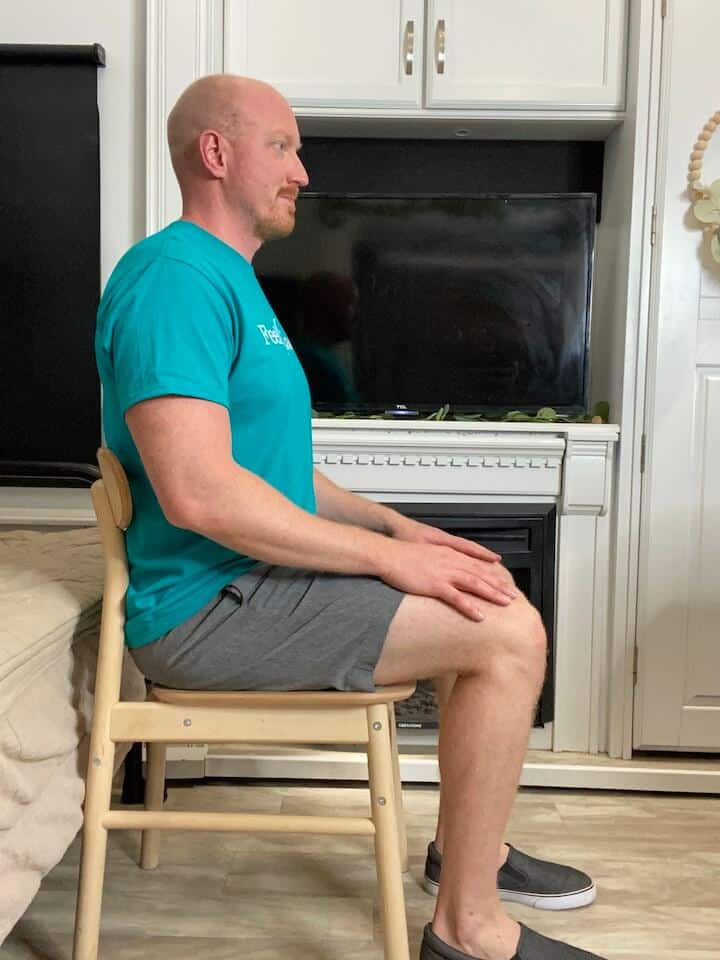
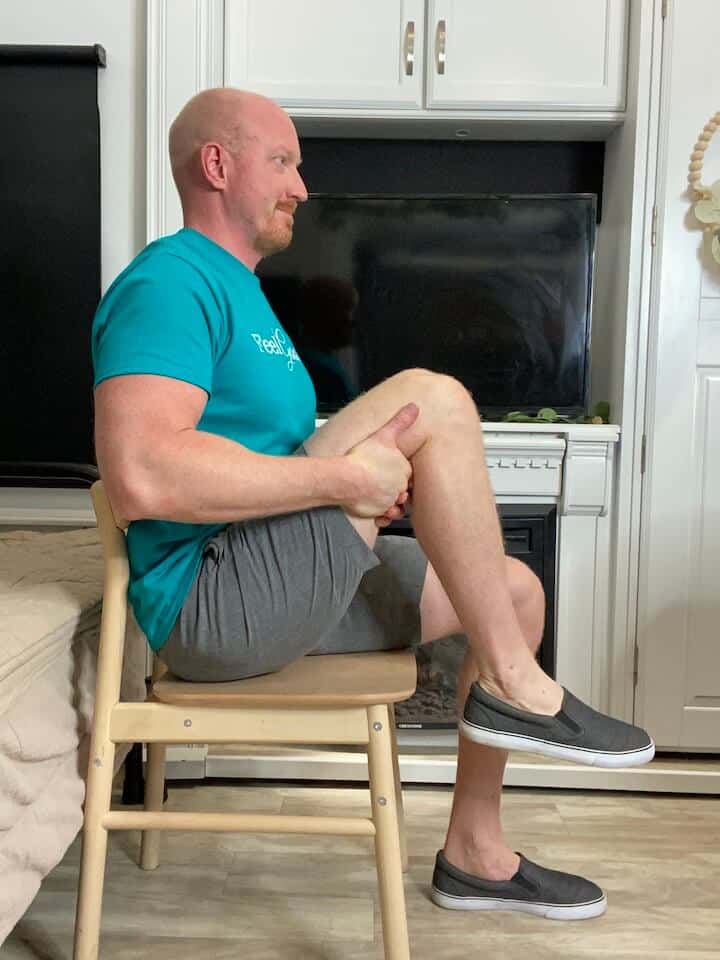
- Starting position: Laying on your back with your knees bent and feet flat on the bed. This is a nice, decompressed position for the spine to begin in.
- Reach the hands behind the thigh of one leg and slowly pull the leg so that your knee moves in towards the chest. Keep the intensity of the stretch gentle and the leg as relaxed as possible.
- Hold for at least 30 seconds.
- Repeat on the other side for a total of 3 sets.
2. Piriformis Stretch
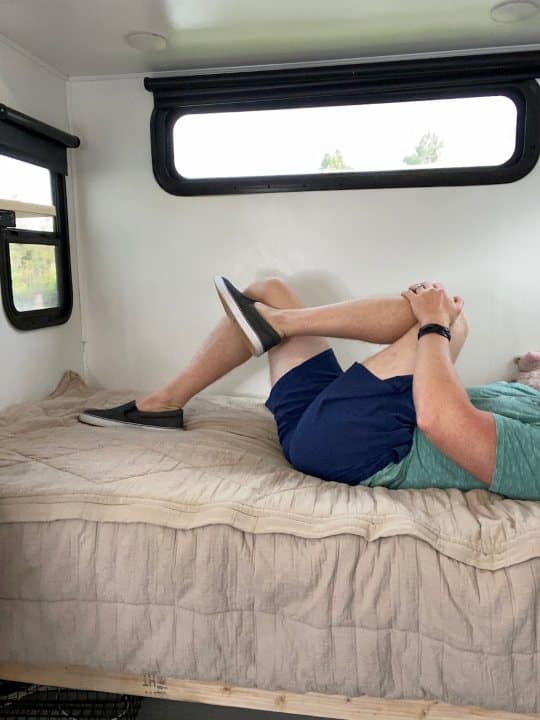
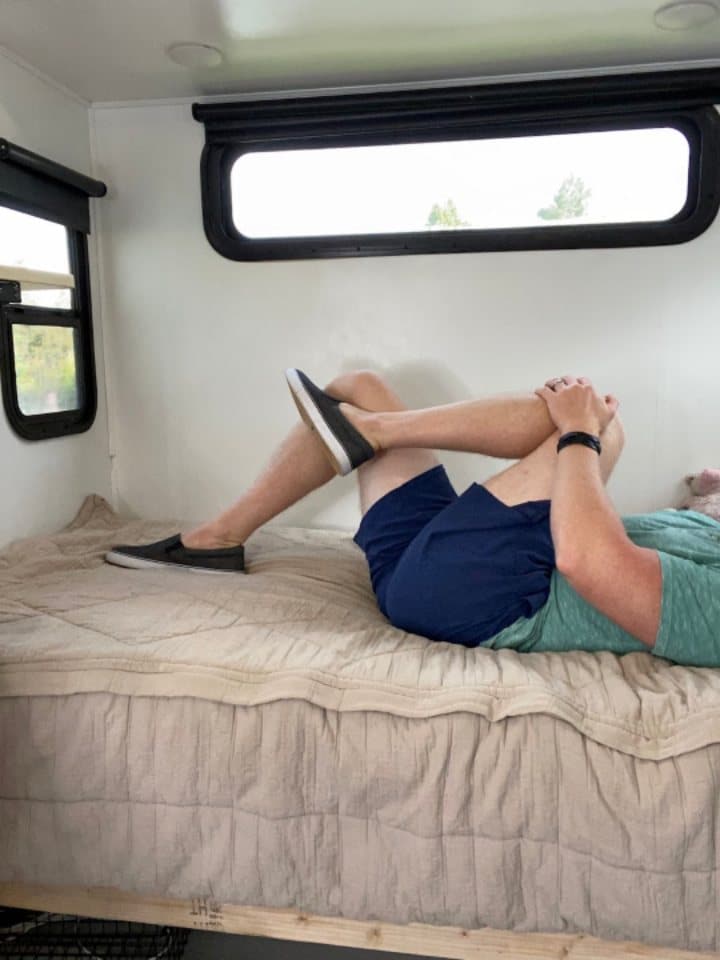
- Lay on your back on your floor, bed, or couch.
- Bend both knees so the feet are flat on the surface.
- Cross the leg to be stretched over the opposite thigh so that it’s fully resting on that leg.
- Take the opposite hand and place it on the outside of the thigh on the leg to be stretched.
- Gently pull the thigh towards the opposite hip (avoid allowing the hip and/or back to lift off the surface).
- Hold for at least 30 seconds.
- Repeat for 3 sets in total.
3. Seated Hamstring Stretch
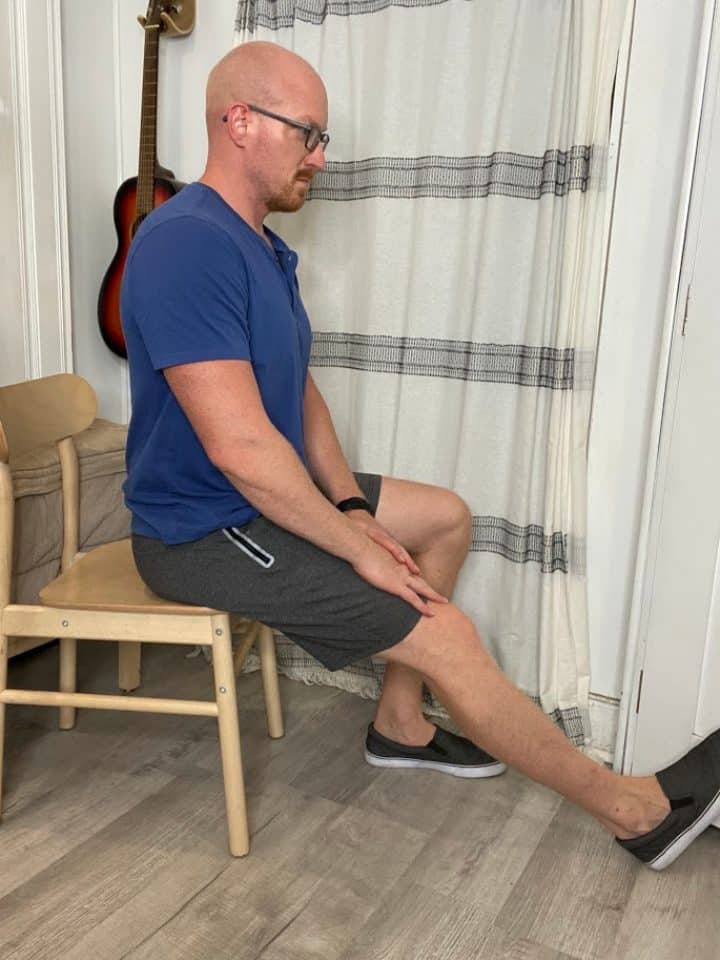
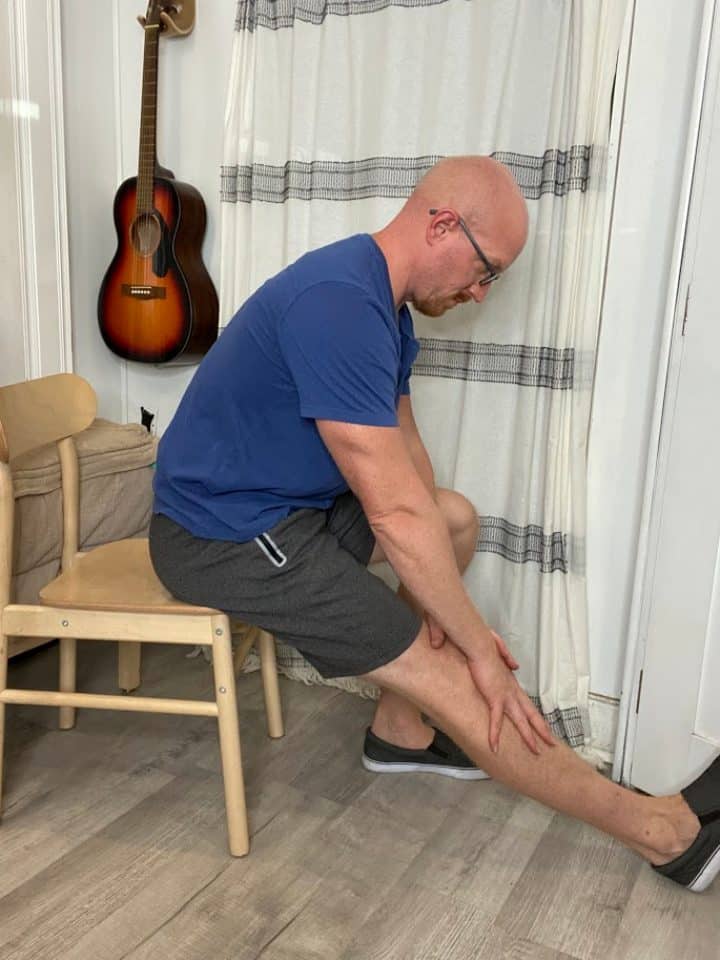
- Seated in a chair, place the leg to be stretched and extended in front of you (the knee should be straight).
- Keeping a straight back, bend forward via hinging at the hips.
- Once you feel a tolerable stretch behind the back of the leg, hold for at least 30 seconds.
- Repeat for 3 sets in total.
B: Core Strength for Spinal Support
Building core strength is crucial in managing spinal osteoarthritis. A strong core supports the spine, reduces pressure on the joints, and improves overall balance and stability.
1. Abdominal Brace
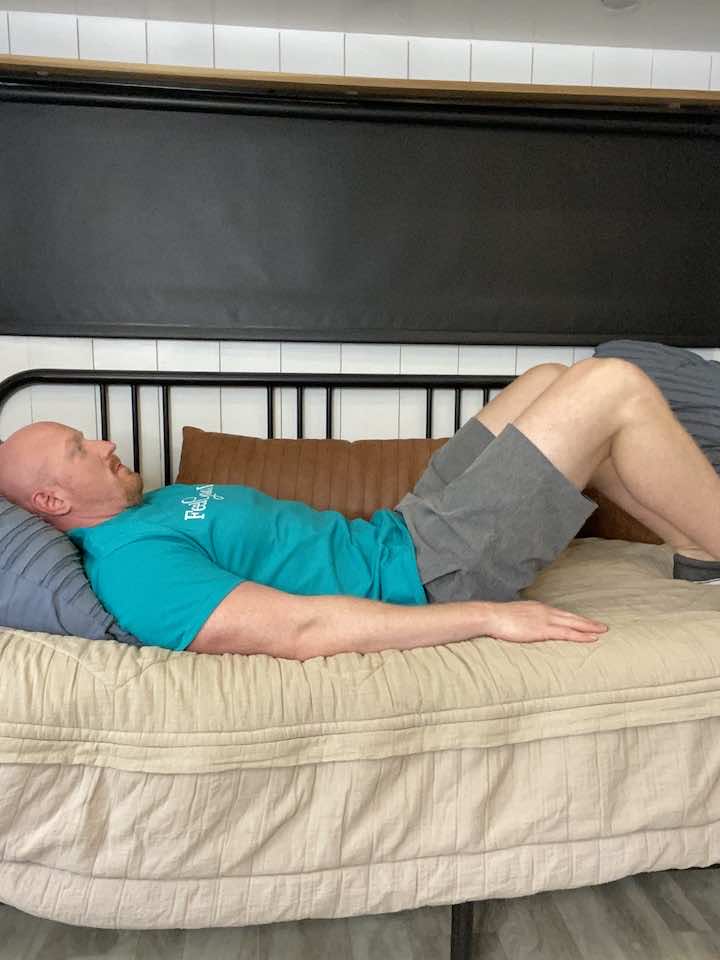
- Begin on your back; knees bent, and feet flat on the floor.
- Exhale and draw your belly button towards your spine (as if a string was pulling on the inside of your belly button from the ground).
- Hold for 5 seconds before relaxing.
- Do this 10 times for one set, and complete 2 sets.
2. Pelvic Tilt
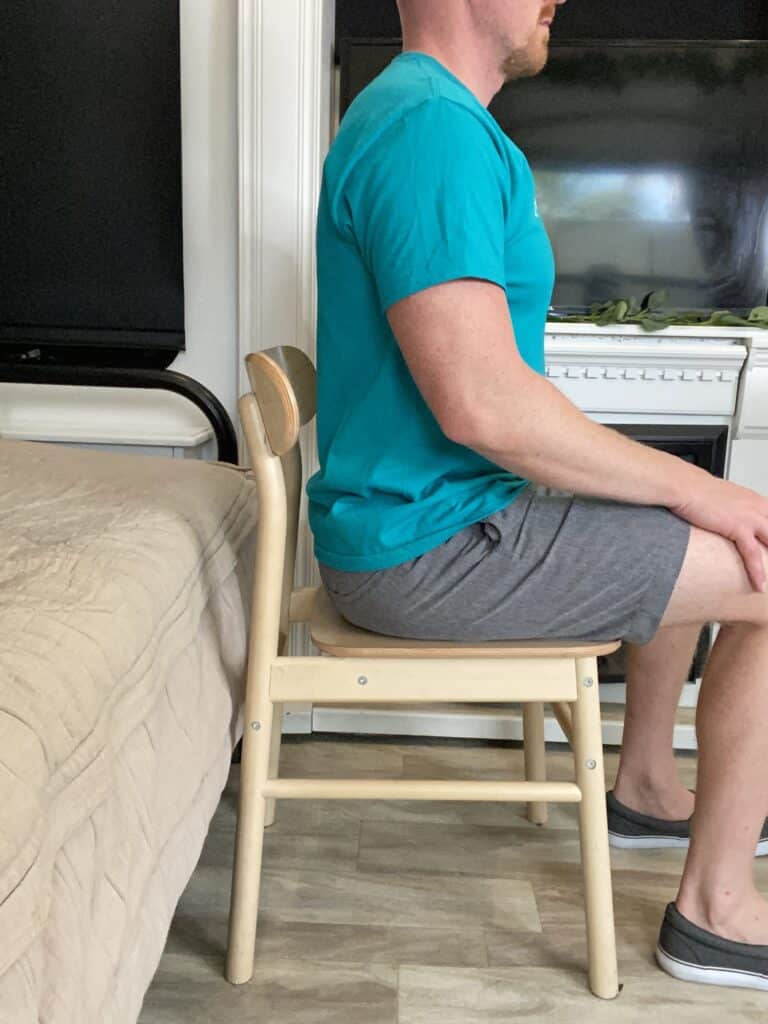
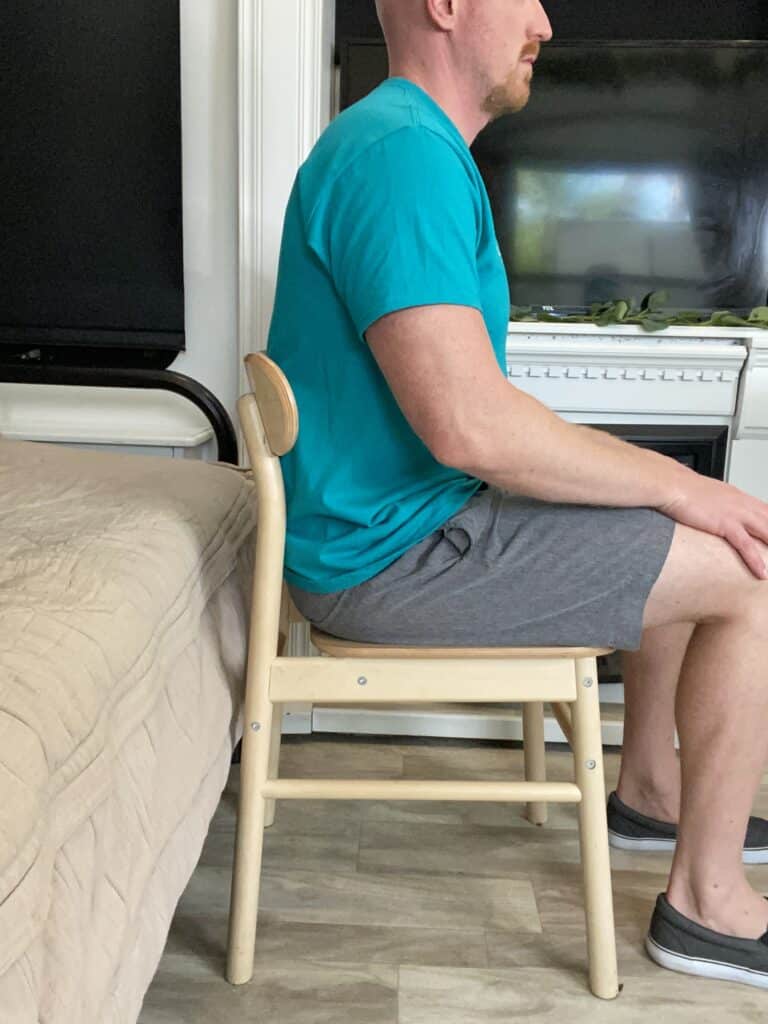
- Sit upright in a chair with your shoulders relaxed. Take a deep inhale and expand your belly.
- As you exhale, contract your abdominal muscles by pulling your belly button in towards your spine and flattening your low back against the chair.
- Hold this position for 5 seconds and then slowly relax.
- Perform 10 repetitions for a total of 3 sets.
3. Supine Marching
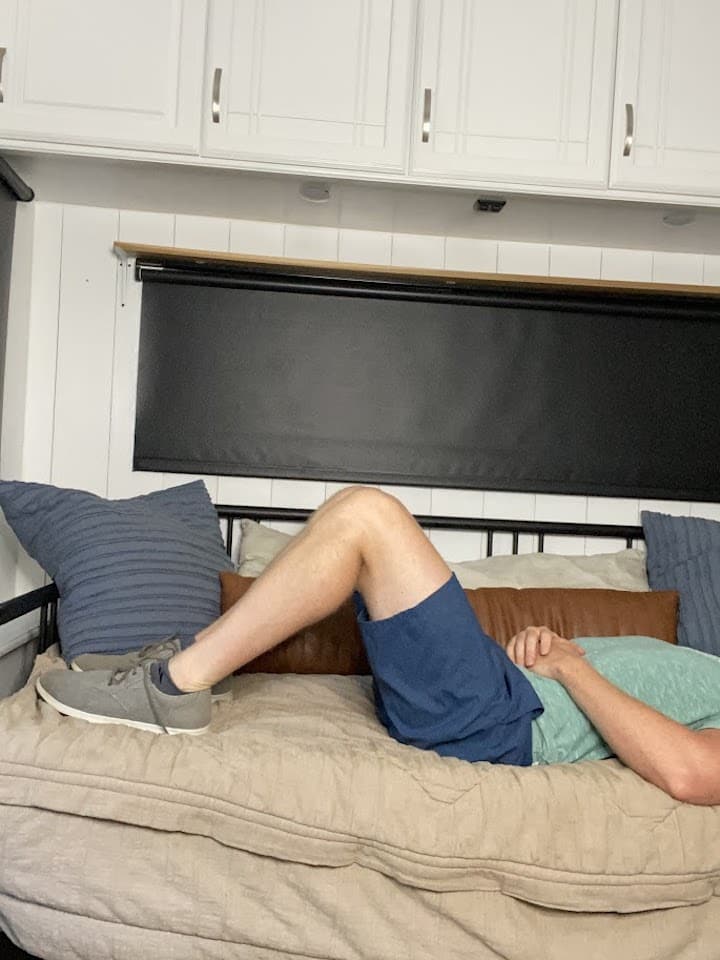
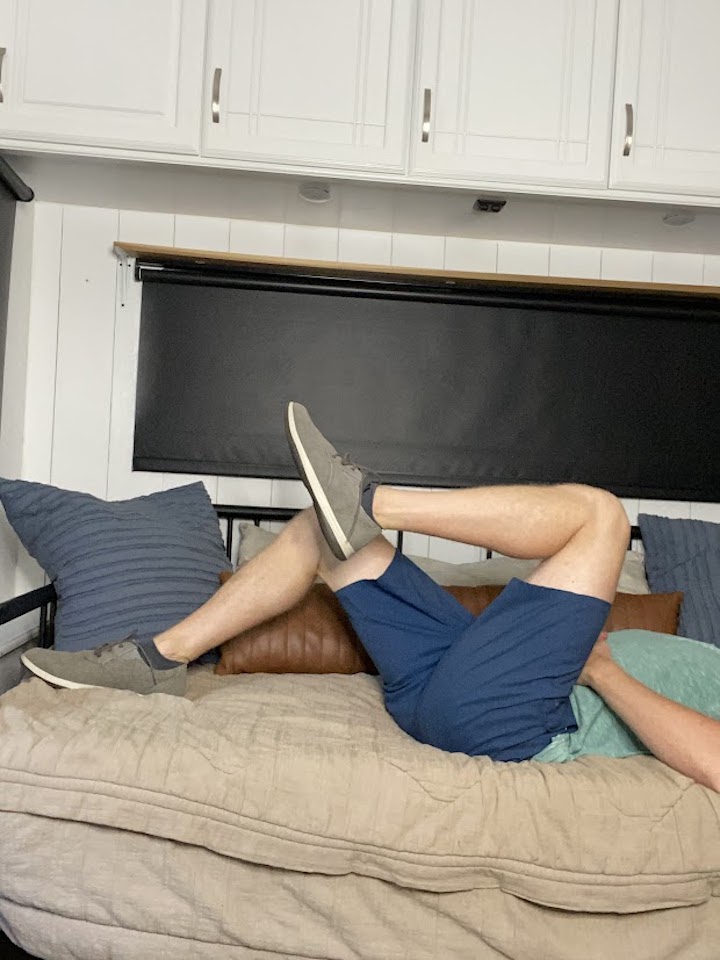
- Starting position: Laying flat on your back (on your bed, couch, or floor), with your knees bent and feet flat on the surface.
- To activate your transverse abdominis, try to pull the belly button down towards the surface, gently flattening the back simultaneously. This will help to brace the core.
- While keeping this braced core (don’t forget to breathe!), lift one knee towards your chest, like a march, then lower back down to the surface.
- Repeat 10 repetitions for 3 sets. Perform on the opposite leg.
- You can perform all repetitions on one side, switch to the other or perform alternatingly between the legs.
4. Bent Knee Fallouts
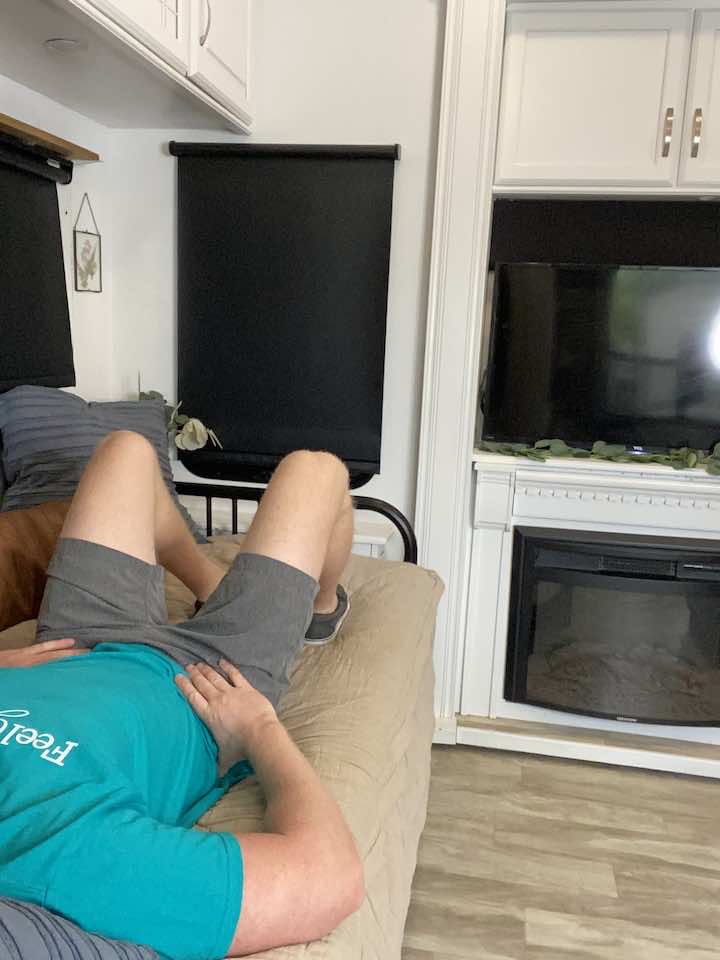
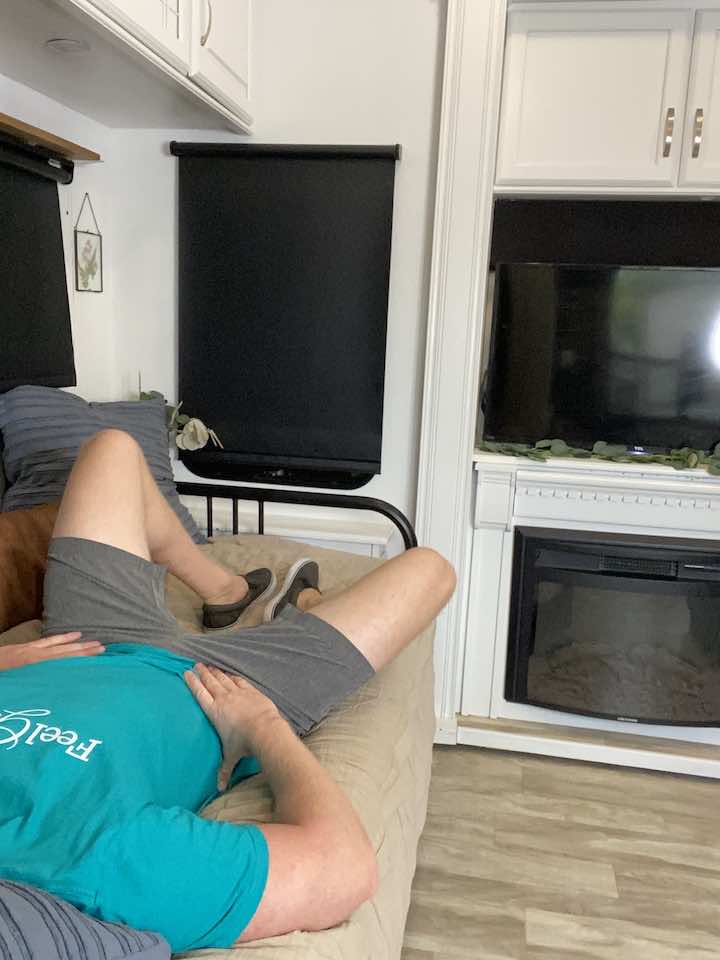
- Lie on your back with both knees bent and your hands on your hips.
- Engage your core by bracing your muscles like a trampoline surface. It’s a subtle movement and shouldn’t feel like you’re pushing your core up or sucking your core in. Just a gentle brace as though someone was about to place a weight on your belly.
- Keep your left knee frozen where it is, then let your right knee lower to the side 45 degrees and come back to the center. Keep your core engaged the whole time. You can monitor for control by using your hands on your hips. If your hip drops to the right side as the right leg moves, you’re not keeping your core engaged. The goal is for your hips to stay perfectly still while you perform this asymmetrical movement.
- Perform sets on the right side, then repeat on the left.
C: Hip Strength to Support the Spine
Strong hips are essential for spinal health. They support your spine’s alignment and distribute the body’s weight evenly, reducing stress on the spinal joints.
1. Bridge
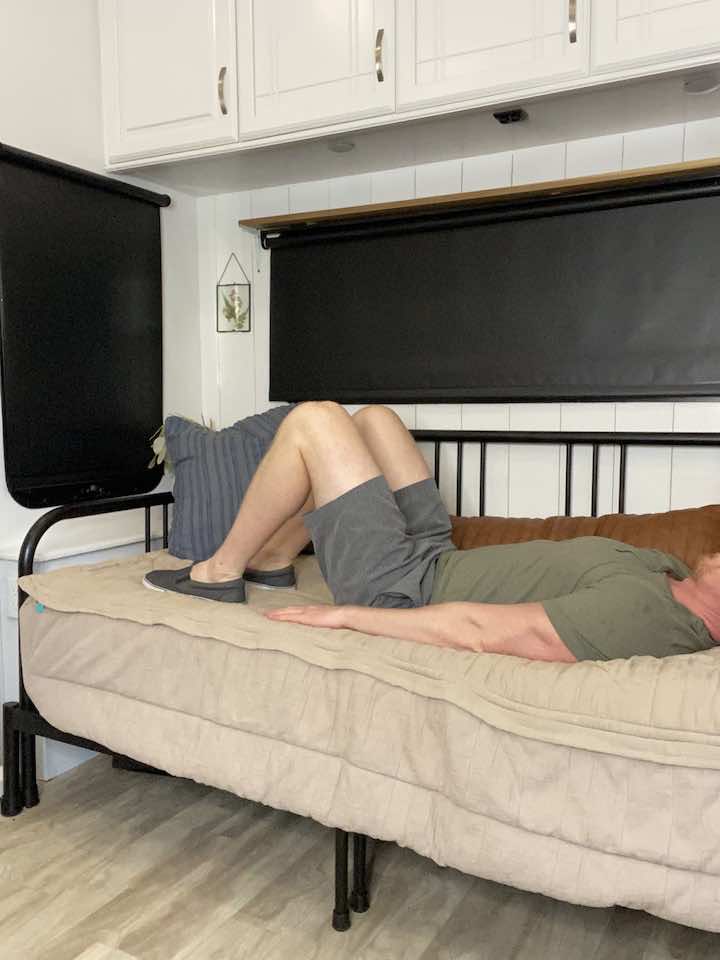
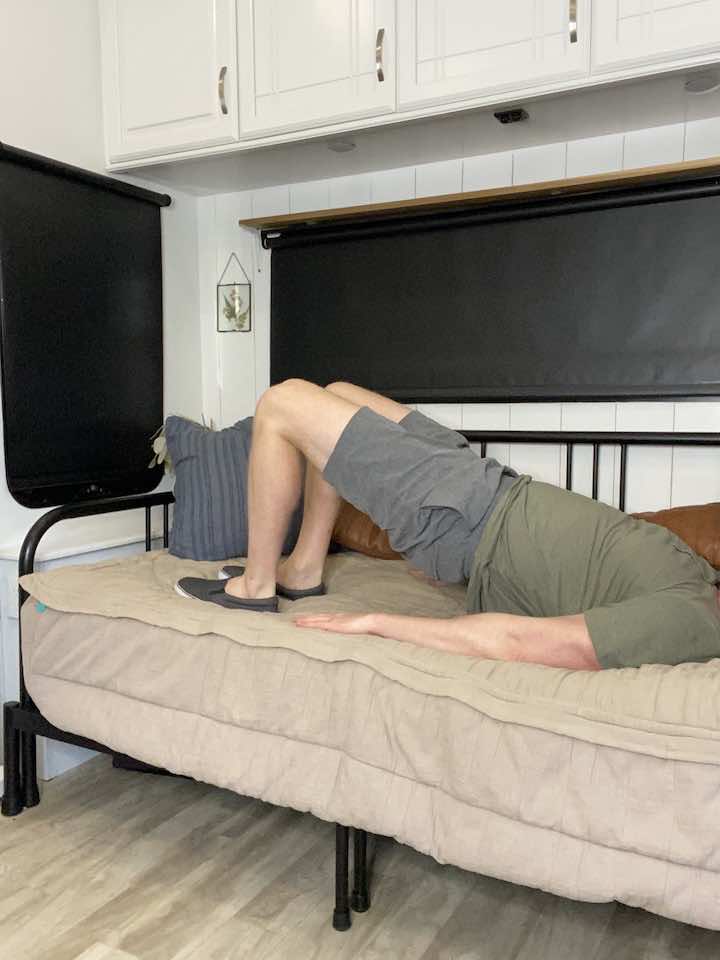
- Lie on the floor or bed with your legs bent and feet flat on the floor/bed.
- Gently squeeze your butt muscles to lift your hips off the ground, feeling a nice stretch in your front thigh and a contraction in the back of your thigh.
- Lower your hips back down to the starting position.
- Repeat 10 times.
2. Clamshells
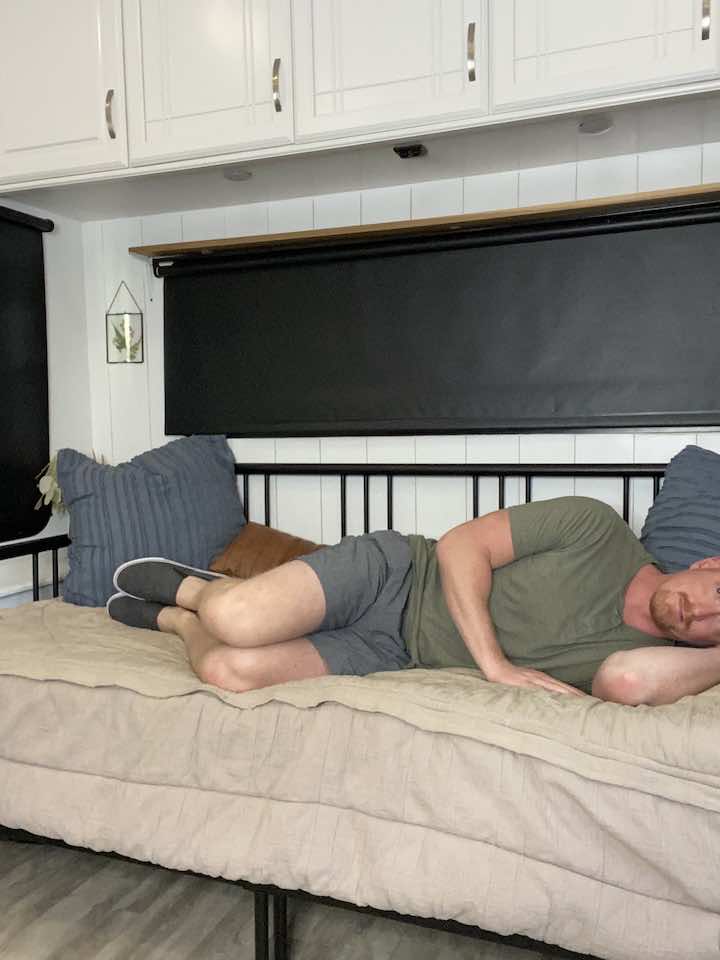
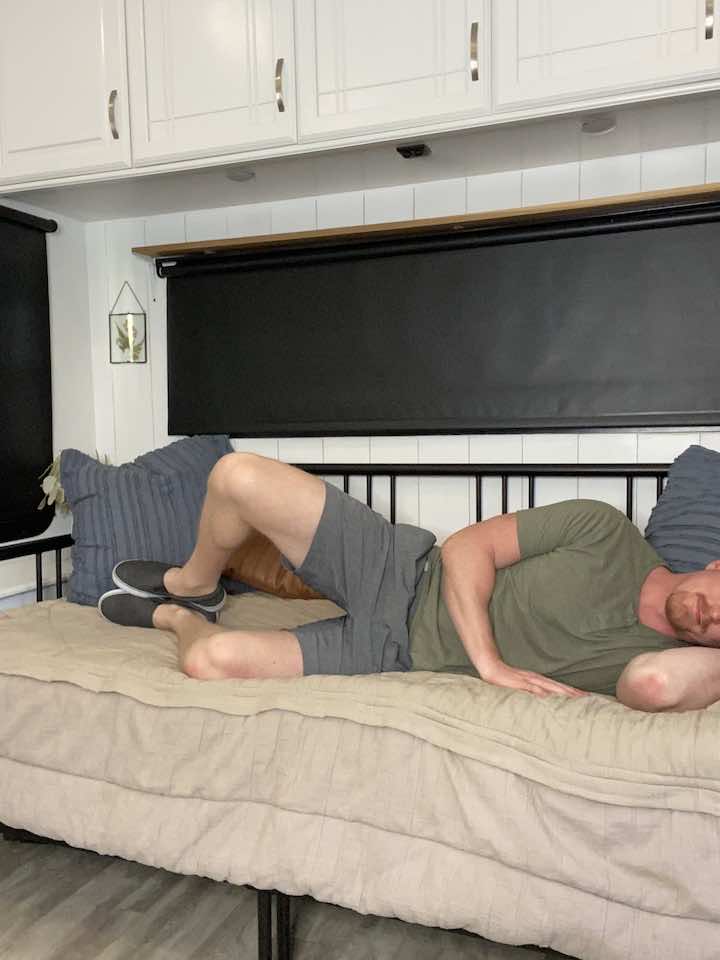
- Start by paying on your side with both knees bent.
- Keep your feet in contact with each other, and then rotate your top leg up.
- Make sure you keep your spine in alignment and your hips don’t rock back! Rule of thumb is to do a smaller range of motion if you think your back is moving.
- Rotate your top leg back down to the starting position.
- Do this 10 times for one set, and complete 3 sets.
3. Standing Hip Lifts
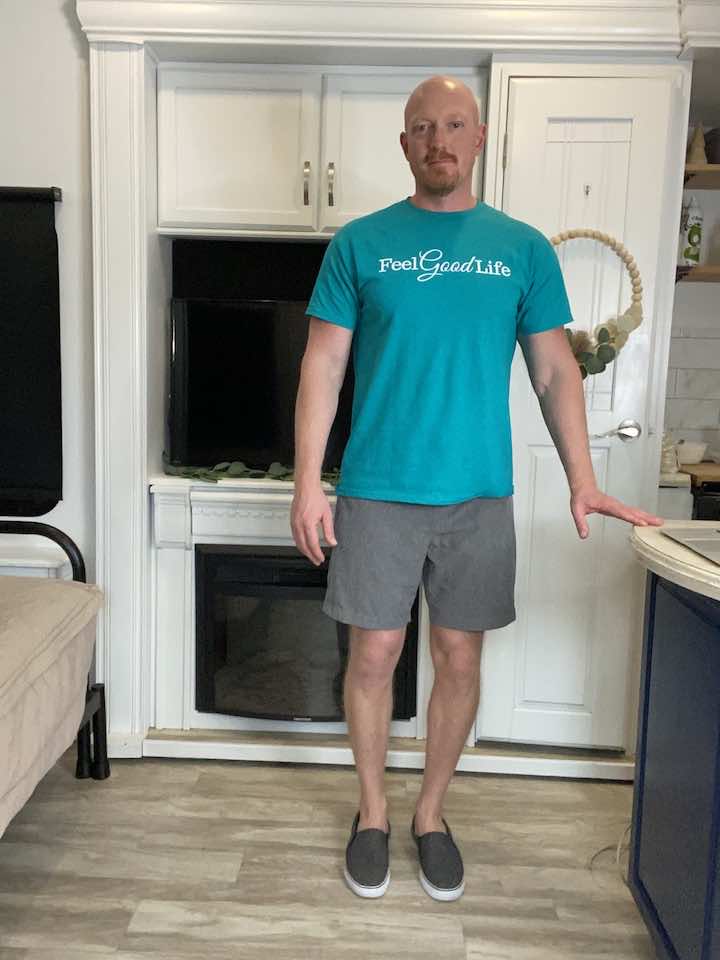
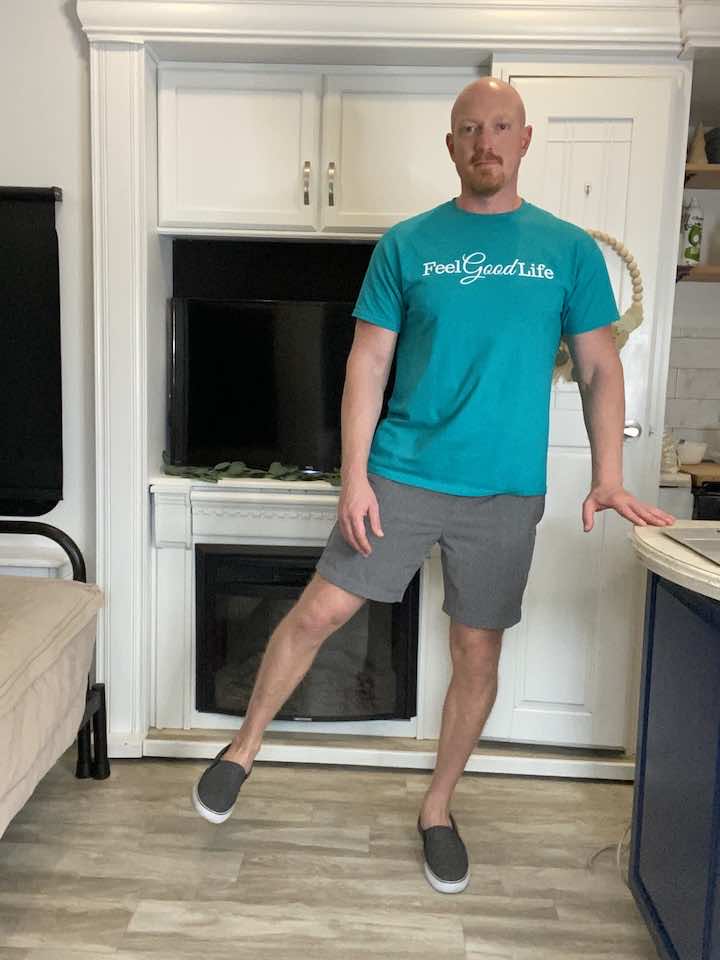
- Stand tall with one hand placed on a bed or chair. Balance on your left leg, keeping a soft bend in your knee to keep from locking out.
- Leading with your heel, lift your right leg out to the side. Be sure not to lean to the left.
- Repeat 10 times per leg.
- Complete 3 sets of the exercise.
4. Standing Hip Extension
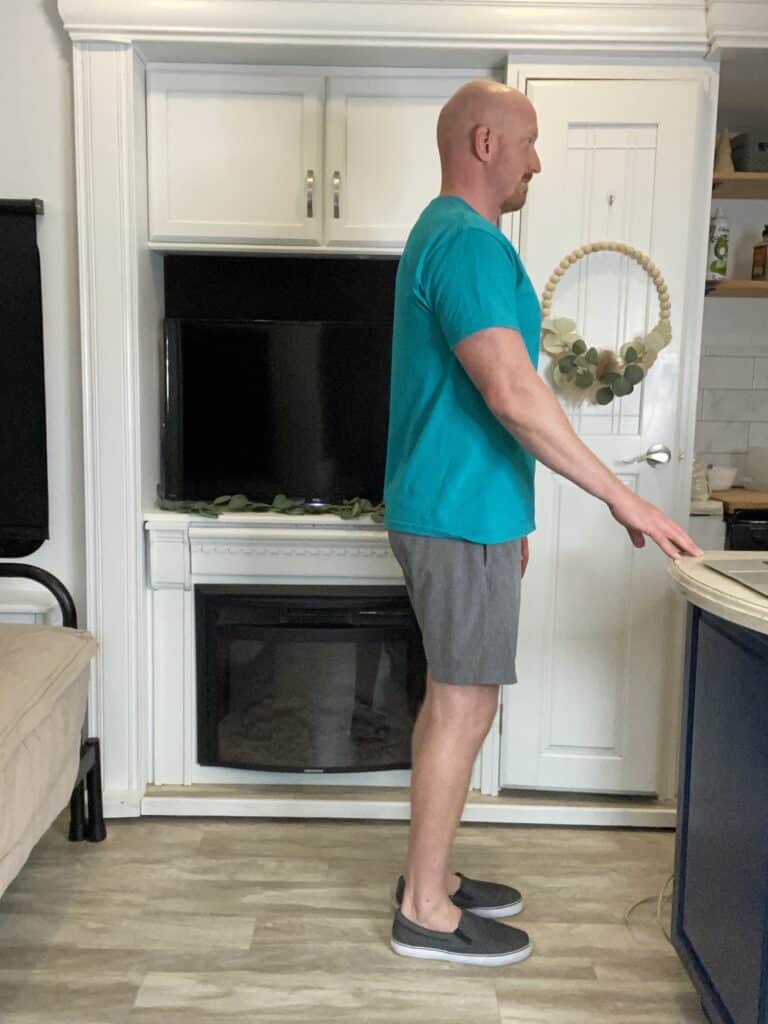
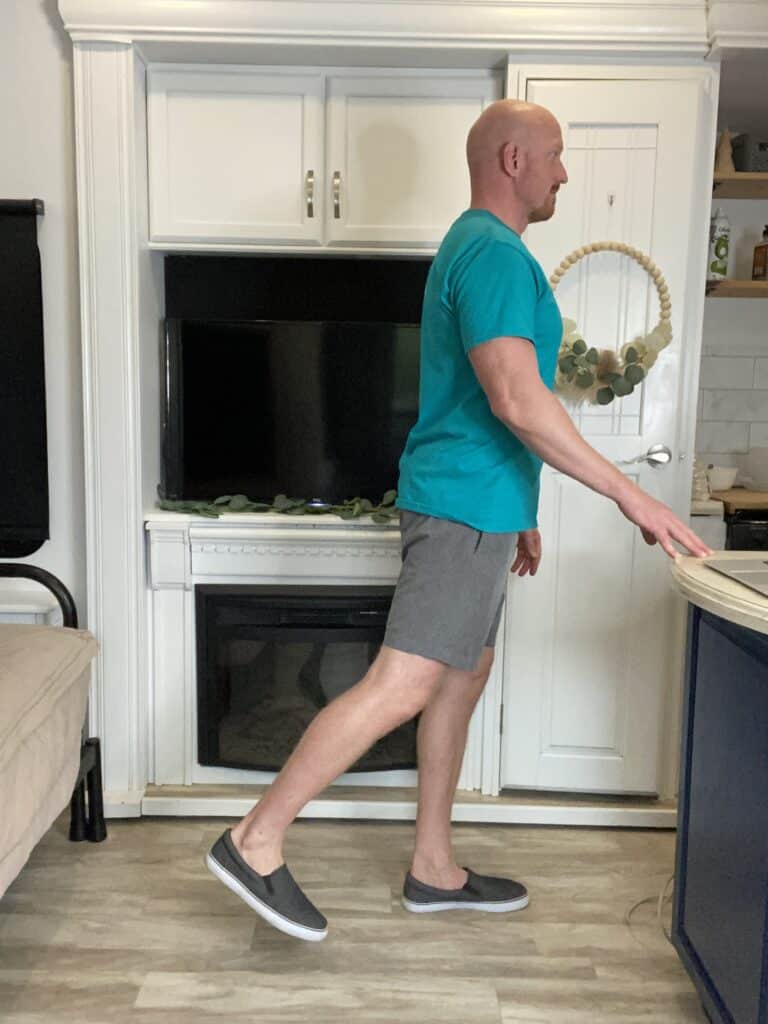
- Stand tall with your hands placed on a steady surface. You can use a counter, sink, or chair (no chairs with wheels) to hold on to for balance.
- Shift your weight onto your left leg, keeping a soft bend in your left knee to keep it from locking out.
- Then, keeping your toes pointed forward and your right leg straight, lift your right leg back a few inches, then lower back down.
- Repeat 10 times per leg for 3 sets.
Care Tips for Spinal Osteoarthritis
Apart from exercise, there are other important care tips to consider:
- Stay Active: Regular physical activity like walking or playing sports like pickleball helps.
- Weight Management: Keeping a healthy weight reduces stress on the spine.
- Good Posture: Maintaining proper posture reduces strain on your spine.
- Heat and Cold Therapy: Applying heat or cold can relieve pain and stiffness.
- Pain Management: Over-the-counter pain relievers can be helpful but consult a doctor.
- Regular Check-ups: Keep up with medical appointments for ongoing management.
Conclusion
Managing osteoarthritis of the spine is a proactive process that involves regular exercise, lifestyle adjustments, and medical care. By incorporating these exercises into your daily routine, you can significantly improve your spinal health and reduce the discomfort associated with osteoarthritis. Remember, consistency is key, and it’s always wise to consult with a healthcare professional before starting any new exercise regimen. Embrace an active lifestyle, and you’ll be on your way to better managing your spinal osteoarthritis.


